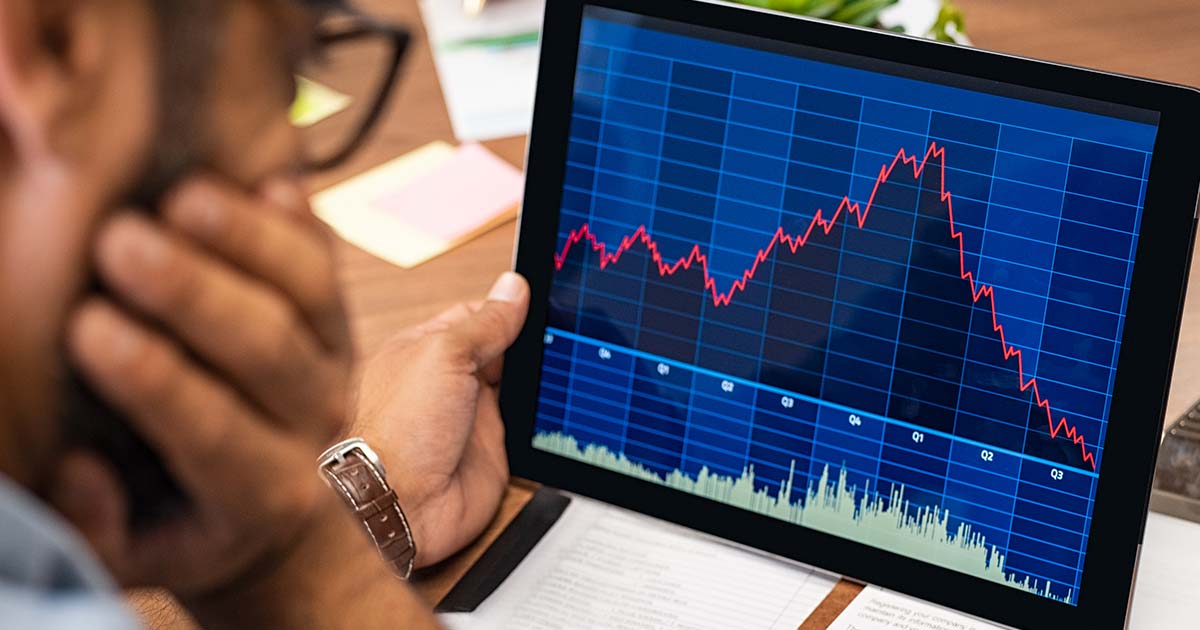Leading US financial institutions, including Charles Schwab, State Street, and M&T, faced significant challenges in the first quarter as customers withdrew almost $60 billion in combined bank deposits. This trend has been accelerated by the recent collapse of Silicon Valley Bank and two other US lenders, resulting in cash moving out of bank accounts at a pace not seen since the aftermath of the 2008 financial crisis.
In a further indication of the threat to traditional banks, Apple and Goldman Sachs announced on Monday the launch of a new savings account in the US that offers a market-leading annual interest rate of 4.15 percent.
US savers have been withdrawing cash from low-yielding bank accounts and investing in alternative products such as money market funds or Treasury bills that offer higher returns, taking advantage of the sharp interest rate increases implemented by the Federal Reserve. Government data shows that the average US bank account savings rate is a mere 0.37 percent, compared to the Fed’s benchmark rate of 4.75 to 5 percent.
Charles Schwab reported an 11 percent decrease, or $41 billion, in deposits in the first quarter, with total deposits declining 30 percent year on year to $325.7 billion. State Street, a custody bank, experienced a 5 percent decrease in total deposits in the first quarter to $224 billion, surpassing expectations. The bank also warned analysts that an additional $4 billion to $5 billion of outflows of non-interest-bearing deposits could occur in the second quarter.
M&T Bank reported a 3 percent decline in total deposits from $163.5 billion at the end of 2022 to $159.1 billion. These deposit outflows, reported in first-quarter earnings, have resulted in an uncertain start to the week as numerous regional and mid-sized banks are expected to announce their results, providing a clearer picture of the impact of SVB’s failure and that of other lenders.
Last week, major US banks such as JPMorgan Chase, Wells Fargo, and Citigroup announced significant increases in deposits from customers fleeing smaller lenders after the collapse of SVB.
State Street’s shares fell over 12 percent in New York at midday after quarterly profits fell short of expectations and fees were impacted by reduced assets under management in its investment arm. Ron O’Hanley, State Street’s CEO, acknowledged the sensitivity among investors due to the volatility surrounding deposits.
On the other hand, Schwab reported better-than-expected profits but paused share buybacks. The rapid rise in interest rates caught Schwab off guard as its traditionally conservative customer base of retail investors withdrew cash from its bank, which only pays 0.45 percent interest on cash, resulting in the need to borrow at a higher cost to cover the outflows.
Walt Bettinger, Schwab’s CEO, acknowledged, “We’re not oblivious. We know that we have driven much of what has gone on that has affected our near-term earnings.” Despite the decline in bank deposits, the size of Schwab’s money market funds increased by 150 percent to $358 billion in the first quarter of 2023, up nearly 30 percent from the end of last year.
UBS analyst Brennan Hawken noted that Schwab’s results were not as concerning as anticipated, resulting in a 2.7 percent increase in shares for the broker.
M&T, a lender based in Buffalo, New York, performed better than expected in terms of net interest income, the difference between what it pays for deposits and charges for loans, resulting in a 6 percent increase in shares in New York.







